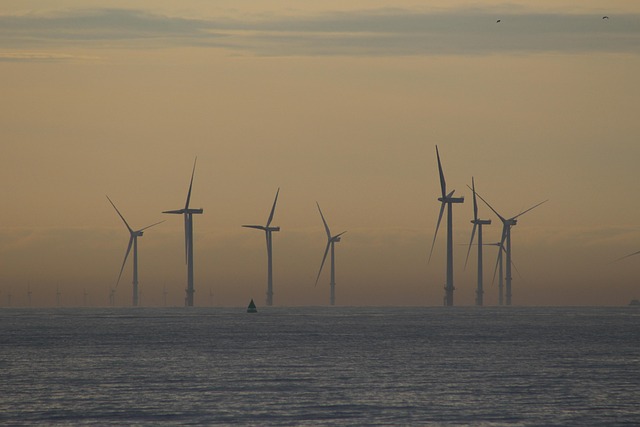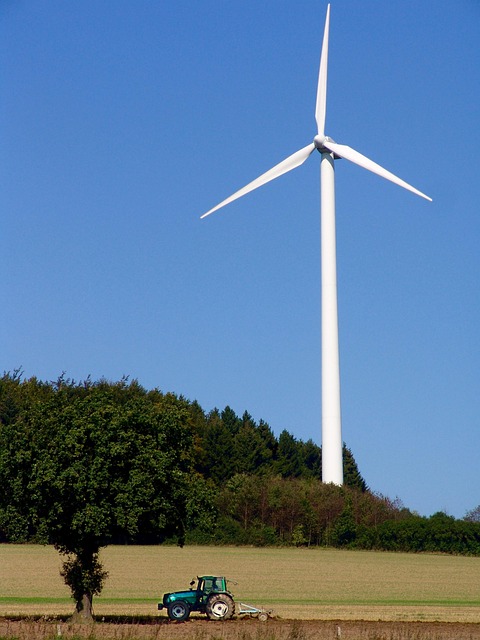Unleashing the Power of Nature: Inside Renewable Energy Solutions
In an age where climate change looms as an existential threat, the exploration and implementation of renewable energy solutions have emerged as crucial for a sustainable future. The earth is endowed with abundant natural resources, offering significant potential to meet energy demands while minimizing environmental impact. This article delves into the various renewable energy sources, their technologies, benefits, and the challenges we face in transitioning to a greener energy landscape.
The Essence of Renewable Energy
Renewable energy is derived from natural processes that are replenished at a faster rate than they are consumed. Unlike fossil fuels, which deplete finite resources and emit harmful greenhouse gases when burned, renewable energy sources are generally cleaner and more sustainable. The main types of renewable energy include:
- Solar Energy
- Wind Energy
- Hydropower
- Biomass
- Geothermal Energy
Solar Energy: Harnessing the Power of the Sun
Solar energy is one of the most widely adopted forms of renewable energy, and it harnesses sunlight through photovoltaic (PV) cells or solar thermal systems. With advancements in technology, solar panels have become more efficient and affordable, making them accessible for both residential and commercial use.
Photovoltaic Solar Panels
PV solar panels convert sunlight directly into electricity. When sunlight strikes the solar cells within the panel, it creates an electric current. This clean electricity can be used for immediate consumption or stored in batteries for later use. Solar power is especially effective in sunny regions but can also be harnessed in cloudy environments, albeit at reduced efficiency.
Solar Thermal Systems
Solar thermal technologies capture sunlight to produce heat rather than electricity. This heat can then be used for space heating, water heating, and industrial processes. Solar thermal systems can significantly decrease reliance on conventional heating fuels, reducing carbon emissions and energy costs.
Wind Energy: Tapping into Nature’s Breath
Wind energy is another powerful renewable resource, created by harnessing the kinetic energy from wind through turbines. Wind farms can be found both onshore and offshore, capturing wind at different altitudes to generate substantial amounts of electricity.
How Wind Turbines Work
Wind turbines consist of large blades that rotate when hit by wind, turning a rotor that drives a generator to produce electricity. Modern wind turbines are equipped with advanced technology that adjusts blade angles to maximize energy capture based on wind conditions, thus improving efficiency.
Hydropower: The Flow of Energy
Hydropower, derived from the movement of water, is one of the oldest and most established forms of renewable energy. It harnesses the energy produced by flowing or falling water to generate electricity.
Dams and Run-of-River Systems
Large-scale hydropower typically involves dams that create reservoirs, allowing controlled water flow to turbines. Conversely, run-of-river hydroelectric systems generate power without requiring large reservoirs, preserving aquatic ecosystems and reducing environmental impacts. Both systems contribute significantly to global electricity production.
Biomass: Energy from Organic Material
Biomass energy comes from organic materials, including agricultural residues, wood, and organic waste. It represents a carbon-neutral solution, as the carbon dioxide released during combustion is offset by the carbon absorbed during the growth of biomass sources.
Methods of Biomass Conversion
Biomass can be converted into energy through various methods, such as direct combustion, anaerobic digestion, and gasification. Direct combustion produces heat energy for electricity, while anaerobic digestion generates biogas, which can be utilized for heating or electricity. Gasification, on the other hand, transforms organic materials into syngas for cleaner energy production.
Geothermal Energy: Heat from Within the Earth
Geothermal energy is derived from the heat stored beneath the Earth’s surface. This energy can be used for electricity generation or direct heating purposes, taking advantage of steam or hot water resources available underground.
Geothermal Power Plants
Geothermal power plants utilize steam from geothermal reservoirs to drive turbines, generating electricity. Enhanced geothermal systems (EGS) have gained attention for their ability to tap into heat in areas that do not possess sufficient natural water sources, widening the scope of geothermal energy utilization.
The Benefits of Renewable Energy
Investing in renewable energy solutions offers numerous advantages that extend beyond environmental considerations:
Environmental Impact
Renewable energy significantly reduces greenhouse gas emissions, air pollution, and water usage compared to traditional fossil fuels. This transition is vital for mitigating climate change and preserving biodiversity.
Energy Independence
By harnessing domestic renewable resources, countries can reduce their dependency on imported fossil fuels. This energy independence enhances national security and stabilizes energy prices.
Job Creation
The renewable energy sector has proven to be a powerful engine for job creation. From manufacturing to installation and maintenance, the industry provides diverse employment opportunities across various skill levels.
Economic Growth
Investing in renewable energy infrastructure stimulates economic growth by generating substantial capital investments and fostering innovation in technology and methodologies.
Challenges in Transitioning to Renewable Energy
Despite the promising benefits, transitioning to renewable energy is fraught with challenges that must be addressed head-on:
Intermittency
Renewable energy sources, particularly solar and wind, are inherently variable. This intermittency poses challenges for grid stability and energy reliability, necessitating energy storage solutions and diversified energy portfolios.
Initial Investment Costs
While costs have decreased significantly over the years, the upfront capital required for renewable energy technologies can still be high. Government incentives and financial support mechanisms are crucial in scaling up renewable energy infrastructure.
Infrastructure and Grid Integration
The existing energy infrastructure is often ill-equipped to handle the influx of renewable sources. Upgrading transmission networks and enhancing grid flexibility are essential for efficient integration.
Conclusion: The Path Forward
Unleashing the power of nature through renewable energy solutions is not just an alternative to traditional energy systems; it is an imperative for the sustainability of our planet. As innovations continue to emerge, and global awareness of climate issues intensifies, the transition towards renewable energy will play a pivotal role in shaping a cleaner, greener, and more resilient future.
Creating a harmonious balance between technology, policy, and environmental stewardship, we hold the key to a world where energy is abundant, clean, and equitable for generations to come. Embracing renewable energy solutions isn’t merely about harnessing the power of nature; it’s about securing our future and ensuring the health of our planet.



